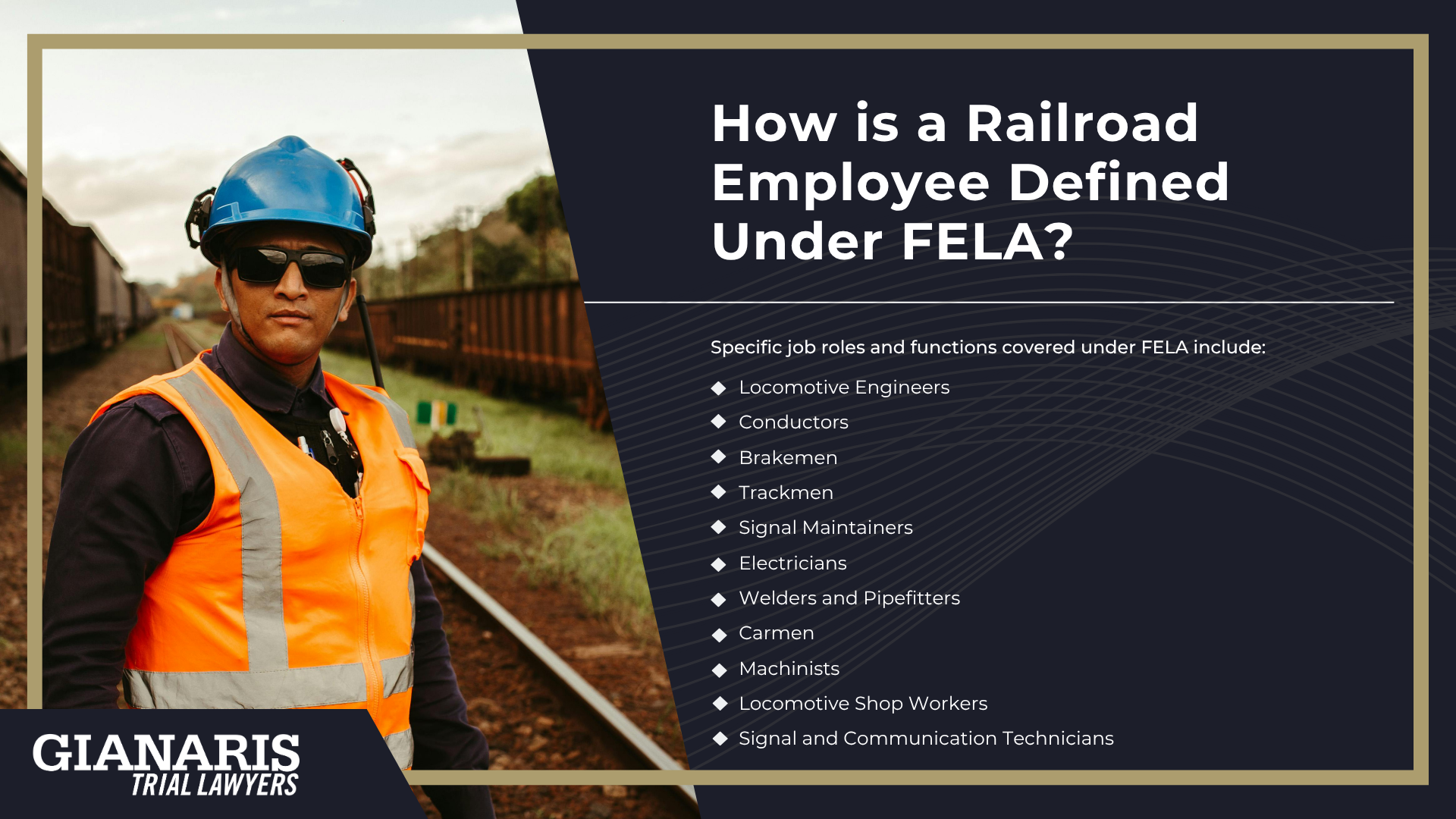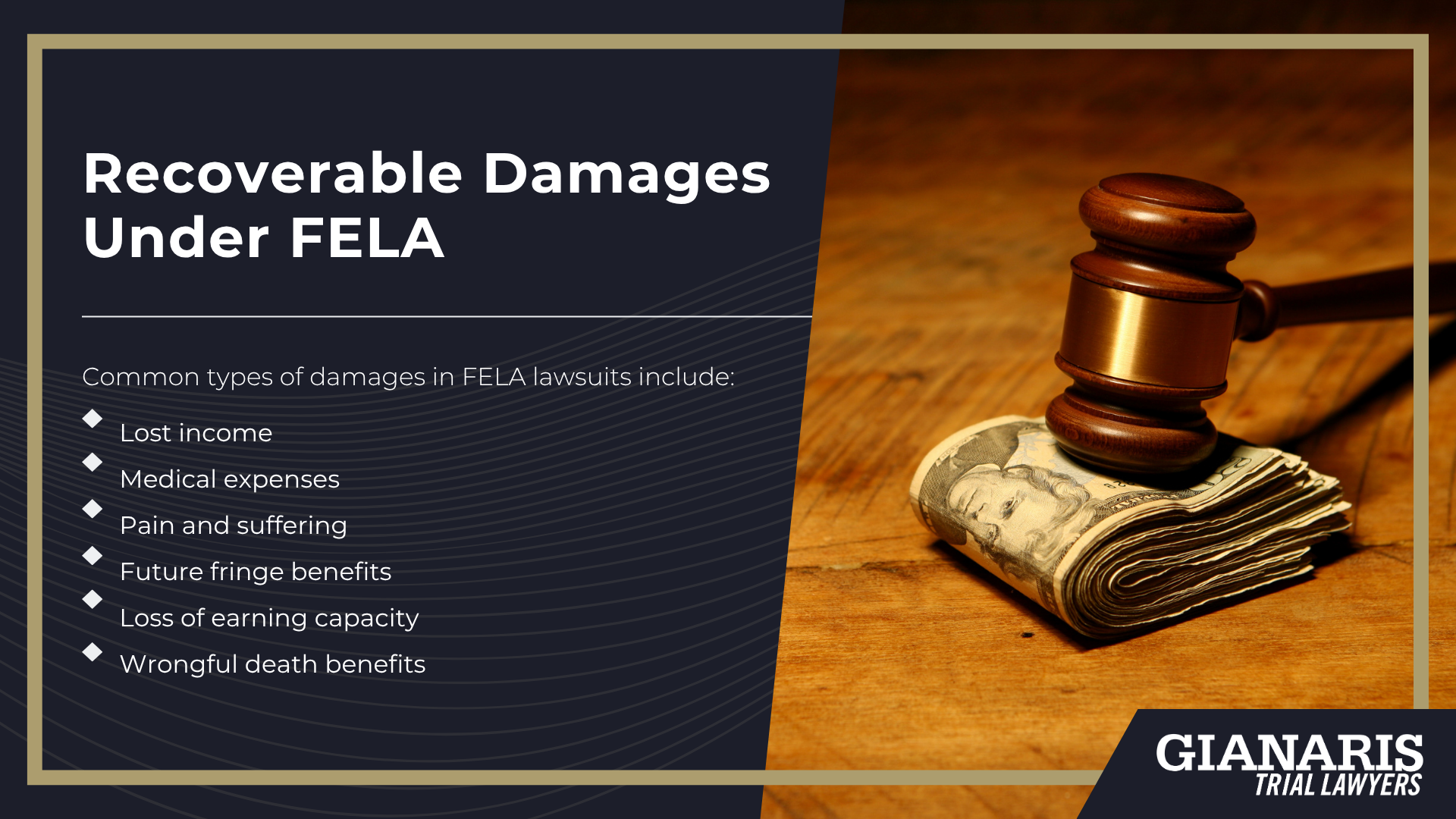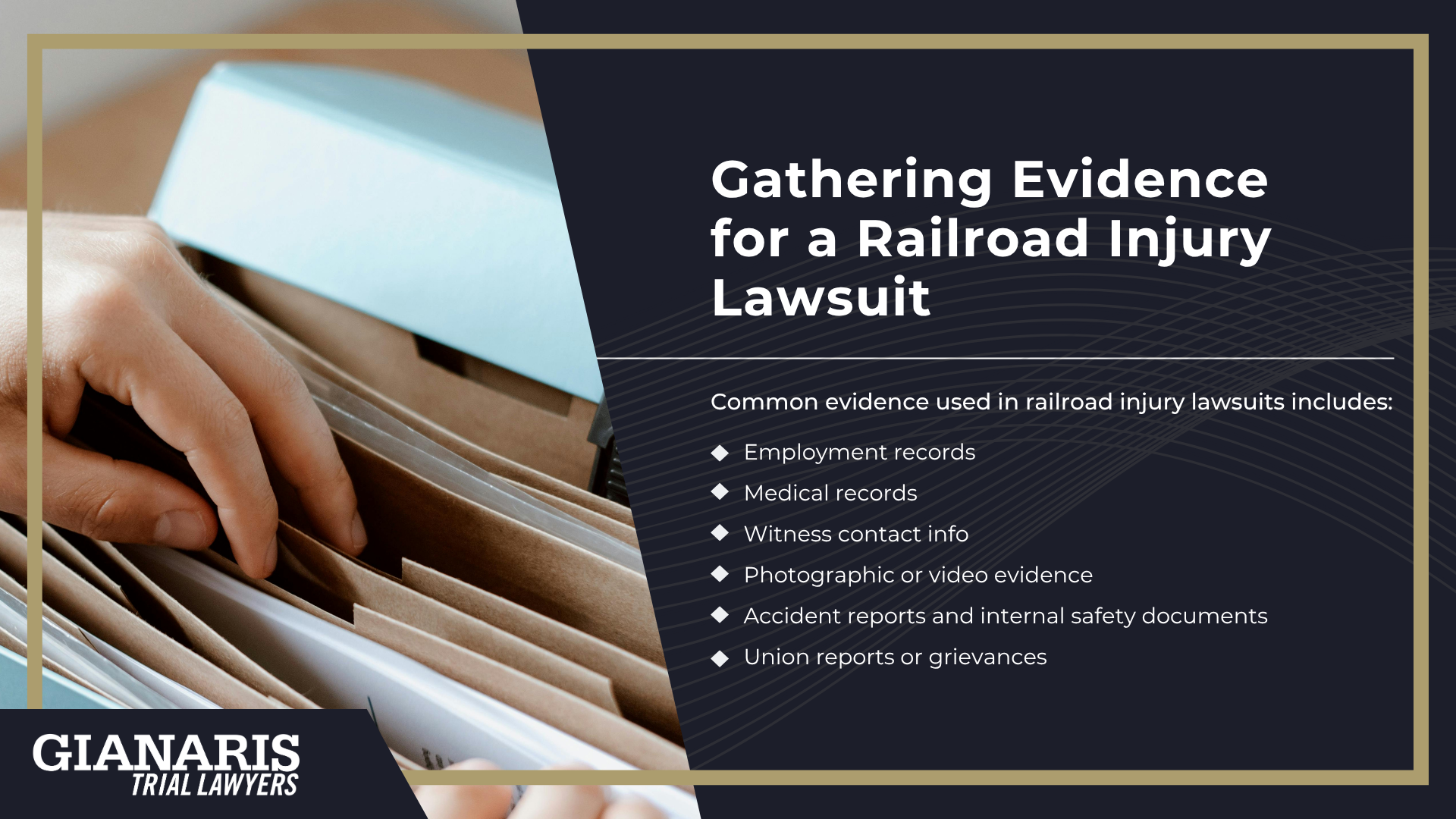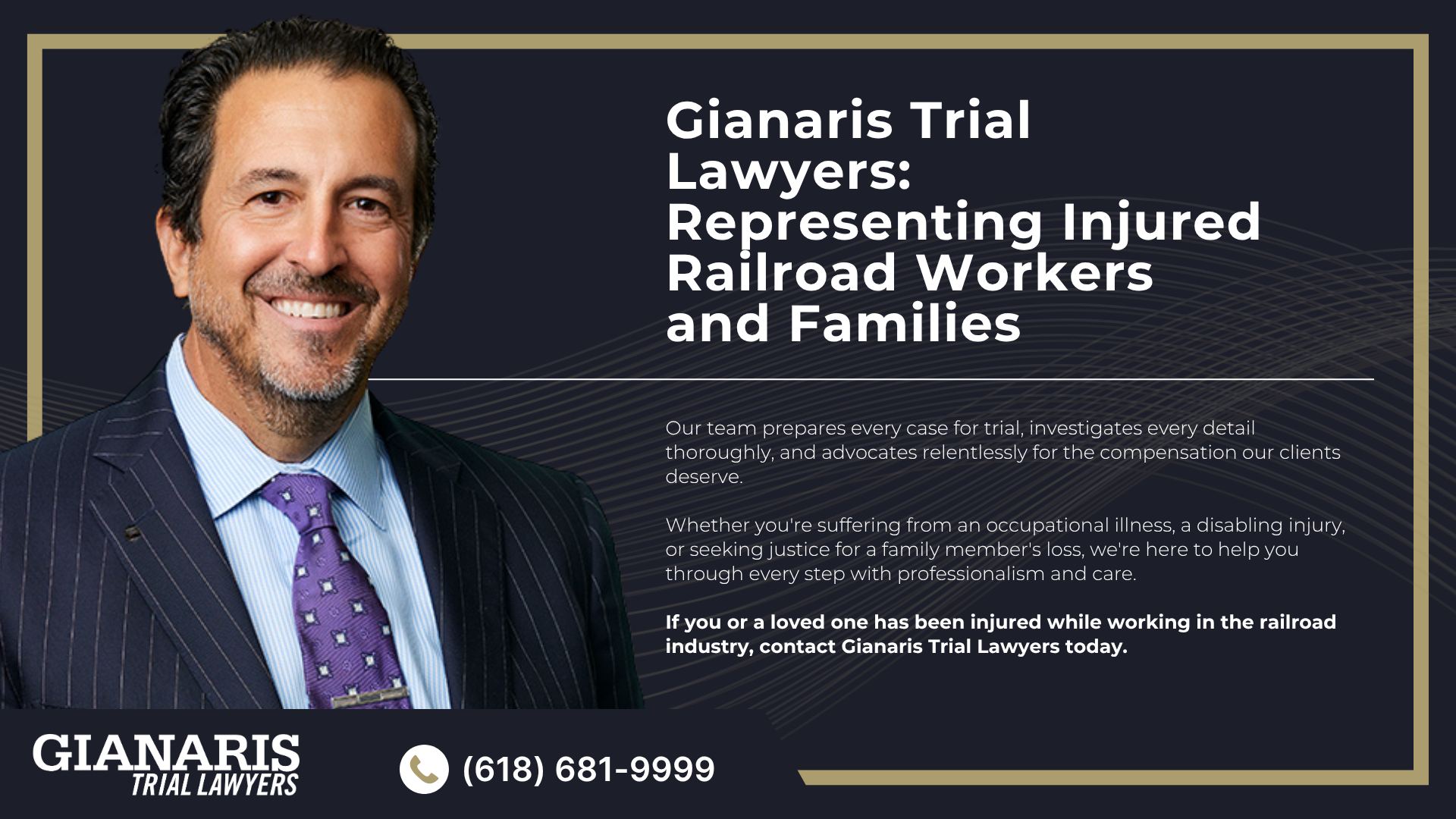The Federal Employers Liability Act (FELA), enacted by Congress in 1908, is a pivotal federal law designed to protect railroad workers injured on the job.
Unlike earlier attempts to legislate railroad worker protections that were declared unconstitutional, FELA was upheld as a valid exercise of Congress’s power to regulate interstate commerce.
Unlike standard workers’ compensation systems, which operate on a no-fault basis, FELA requires injured employees to demonstrate that their employer’s negligence contributed, in whole or in part, to their injury.
This distinction allows for potentially greater compensation, as damages under FELA are not capped and can include full coverage for medical expenses, lost wages, and pain and suffering.
Under 45 U.S.C. § 51, FELA stipulates that every common carrier by railroad engaged in interstate or foreign commerce is liable for damages to any person suffering injury while employed by such carrier, or, in the case of death, to his or her personal representative.
The beneficiaries can include the surviving spouse and children, or, if none, such employee’s parents, and if none, then the next of kin dependent upon such employee.
The law covers injuries resulting from the negligence of the railroad’s officers, agents, or employees, or due to defects in equipment, tracks, or other operational components.
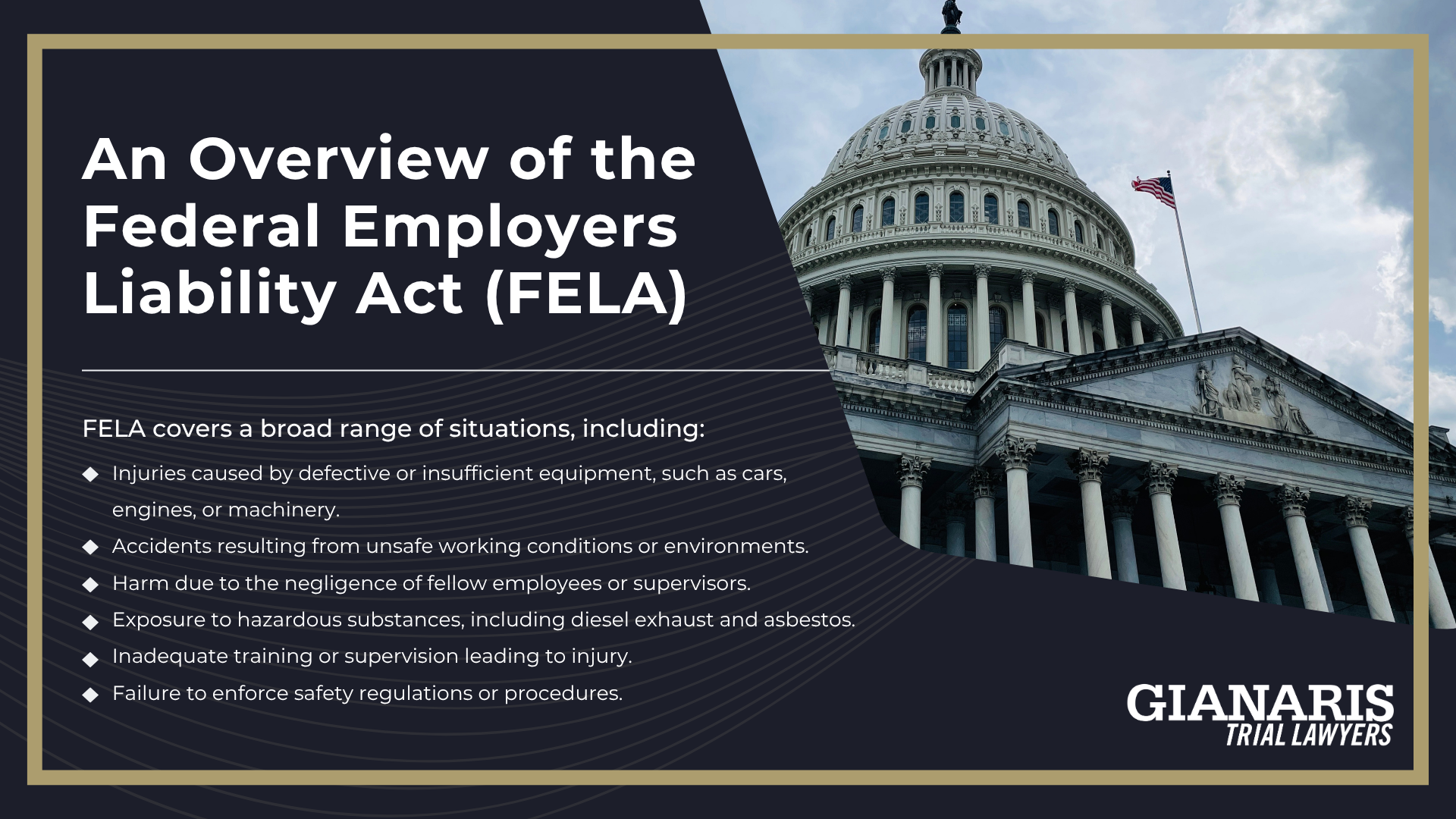
FELA covers a broad range of situations, including:
- Injuries caused by defective or insufficient equipment, such as cars, engines, or machinery.
- Accidents resulting from unsafe working conditions or environments.
- Harm due to the negligence of fellow employees or supervisors.
- Exposure to hazardous substances, including diesel exhaust and asbestos.
- Inadequate training or supervision leading to injury.
- Failure to enforce safety regulations or procedures.
One of the critical aspects of FELA is its allowance for comparative negligence.
Even if an injured employee is partially at fault, they can still recover damages, though the compensation may be reduced in proportion to their share of the blame.
This provision makes sure that railroad employers cannot entirely evade liability by shifting blame onto the injured worker.
Given the complexities involved in proving employer negligence and navigating federal court procedures, it’s imperative for injured railroad workers to seek experienced legal counsel.
An attorney specializing in FELA cases can provide invaluable assistance in gathering evidence, interviewing witnesses, and building a compelling case to secure fair compensation.
Without proper legal representation, workers may find it challenging to meet the stringent requirements of FELA and may risk forfeiting their rightful claims.
The Federal Employers Liability Act serves as a crucial safeguard for railroad employees, offering a legal avenue to hold employers accountable for negligence and to obtain comprehensive compensation for injuries sustained in the course of their employment.
What Railroad Companies are Governed by the FELA Statute?
Railroad companies governed by the Federal Employers Liability Act (FELA) include any “common carrier by railroad” engaged in interstate or foreign commerce, as defined under 45 U.S.C. § 51.
This means nearly all major railroad companies operating across state lines are legally bound by FELA’s requirements when it comes to protecting their workers from injuries caused by negligence attributable to the railroad.
The law applies to carriers that transport goods or passengers as part of interstate operations—commonly referred to in the statute as engaging in “such commerce.”
FELA was enacted to compensate injured railroad employees for the inherent dangers of railroad industry work, including exposure to unsafe conditions, defective equipment, or negligent supervision.
When a railroad fails to protect its workers, and that failure causes injury in whole or in part, FELA gives the worker (or their family) the right to pursue legal relief in federal court.
Companies governed by this federal law are obligated to uphold safety standards and are liable when they fail to do so.
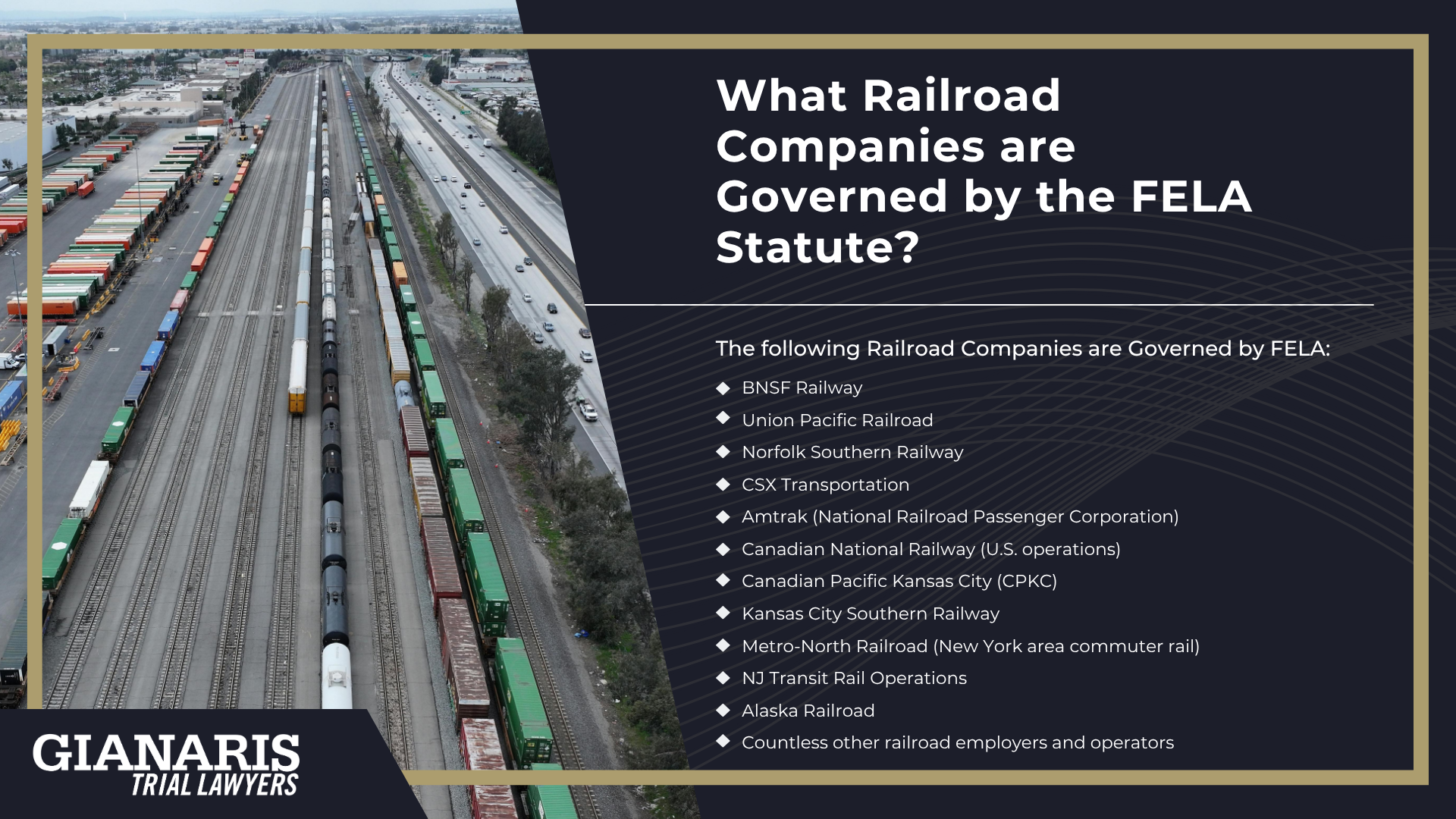
The following Railroad Companies are Governed by FELA:
- BNSF Railway
- Union Pacific Railroad
- Norfolk Southern Railway
- CSX Transportation
- Amtrak (National Railroad Passenger Corporation)
- Canadian National Railway (U.S. operations)
- Canadian Pacific Kansas City (CPKC)
- Kansas City Southern Railway
- Metro-North Railroad (New York area commuter rail)
- NJ Transit Rail Operations
- Alaska Railroad
- Countless other railroad employers and operators




